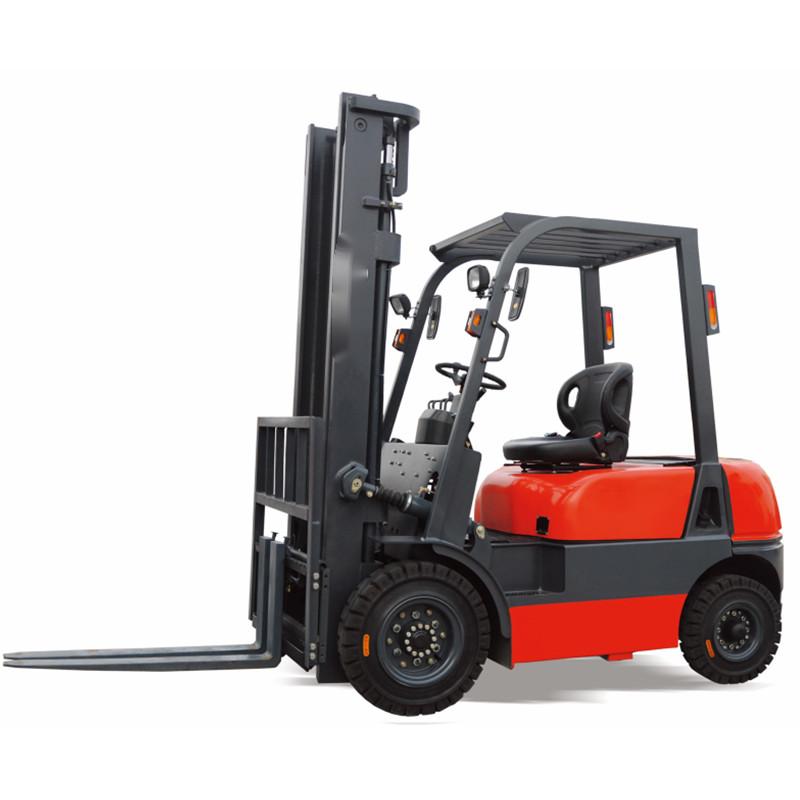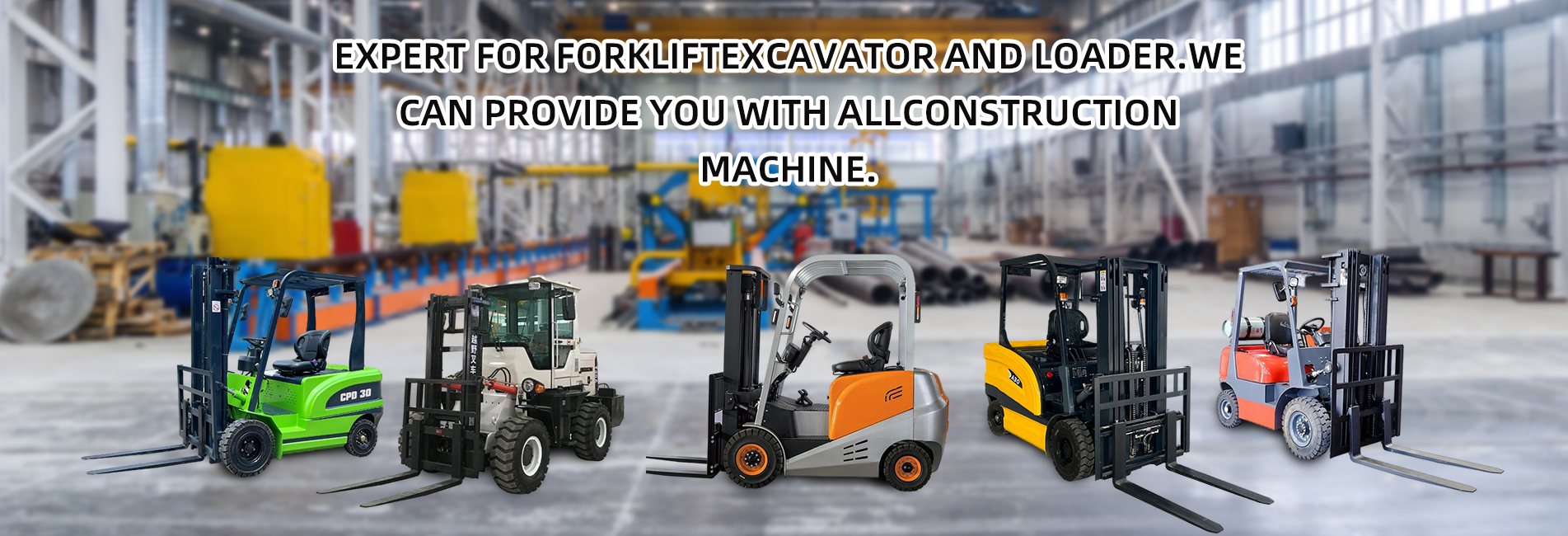When comparing fuel-powered forklifts and electric forklifts of the same tonnage, fuel-powered forklifts demonstrate unique advantages in specific scenarios, mainly reflected in adaptability to working environments, power performance, endurance and refueling, initial costs, and maintenance flexibility. Details are as follows:

1. Stronger Adaptability to Working Environments
- Advantages in outdoor and complex terrains: Fuel-powered forklifts do not rely on electricity and can operate efficiently in outdoor or uneven surfaces such as open-air warehouses, construction sites, muddy grounds, and dusty environments. Minor potholes, gravel, or standing water on the ground have little impact on them. In contrast, electric forklifts are prone to reduced lifespan in such environments due to battery moisture or chassis vibrations.
- Stability in low-temperature environments: When operating in cold regions (e.g., northern winters) or around low-temperature warehouses, fuel engines have more reliable starting performance. Unlike electric forklifts, they will not suffer from battery capacity degradation, shortened endurance, or difficulty in starting due to low temperatures.
- Flexibility in indoor-outdoor switching: For frequent indoor-outdoor operations (e.g., raw material loading/unloading in small factories), fuel-powered forklifts do not require mid-operation charging, avoiding workflow interruptions caused by energy replenishment.
2. Better Adaptability to Power Performance and High-intensity Operations
- Strong power output: The engine of fuel-powered forklifts has a direct power response, performing better in full-load climbing and continuous heavy-load handling. They are particularly suitable for scenarios requiring frequent heavy lifting or operation on small slopes (e.g., factory ramps, truck loading/unloading), with superior instantaneous power compared to electric forklifts.
- Good endurance for high-intensity operations: They can withstand long-term continuous operations (e.g., over 8 hours without shutdown) with stable power output, making them suitable for logistics hubs, freight stations, and other scenarios requiring continuous loading/unloading. In contrast, electric forklifts are limited by battery endurance and struggle to maintain the same intensity of continuous work.
3. More Efficient Endurance and Energy Replenishment
- Fast refueling speed: Refueling takes only 5-10 minutes, allowing quick recovery to full-load operation with almost no impact on work rhythms. This is a key advantage for long-duration, non-interruptible scenarios (e.g., nighttime freight peaks).
- Unlimited endurance: As long as fuel is available, they can achieve unlimited endurance, eliminating the need for planning charging time, preparing backup batteries, or worrying about insufficient charging facilities, unlike electric forklifts.
4. Lower Initial Costs and Greater Maintenance Flexibility
- Lower purchase costs: The initial purchase cost of fuel-powered forklifts of the same tonnage is usually 30%-50% lower than that of electric forklifts (especially lithium-battery electric forklifts). This reduces the initial investment pressure for small enterprises, start-ups, or short-term projects with limited budgets.
- Low maintenance thresholds: Their mechanical structure is relatively simple with mature maintenance technology. Ordinary maintenance personnel can perform daily upkeep (e.g., oil changes, filter replacements, spark plug checks). Spare parts are readily available and affordable, making them suitable for areas with limited maintenance resources (e.g., towns, remote construction sites).
- Low reliance on infrastructure: They do not require power facilities such as charging piles or cable laying, making them suitable for temporary sites, unstable power supply areas, or work environments with underdeveloped infrastructure.
Summary
The core advantages of fuel-powered forklifts lie in their adaptability to outdoor/complex environments, endurance in high-intensity operations, fast energy replenishment, and low initial costs. They are more suitable for scenarios requiring long-term continuous work, scattered sites, inconvenient power access, or high power demands (e.g., construction sites, open-air warehouses, small freight stations). However, it should be noted that their exhaust emissions and noise make them unsuitable for enclosed, clean environments (e.g., food or pharmaceutical workshops), and long-term fuel costs may exceed those of electric forklifts. The choice should be comprehensively weighed based on specific scenarios.


